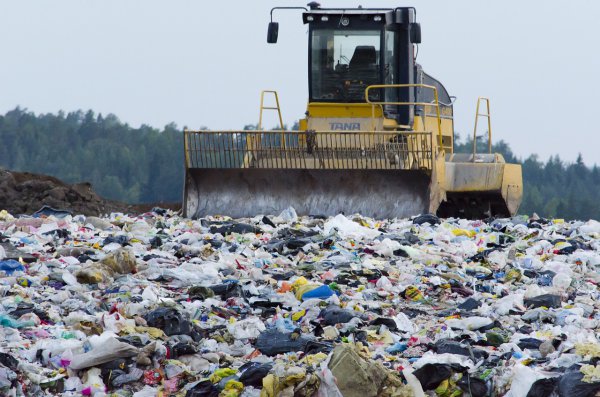Tuesday July 13, 2021 | NATIONAL
by Jalen Codrington | Island Social Trends
Despite a growing economy, Canadians now generate less waste on a per-person basis than in 2002, finds a new study by the generally conservative Fraser Institute.
“While Canada’s population and economy have grown, the proportion of waste we generate has actually declined,” says Elmira Aliakbari, director of the Centre for Natural Resource Studies at the Fraser Institute, and co-author of Generation and Management of Municipal Solid Waste: How’s Canada Doing? | Download the report (PDF)
The study finds that, on a per-person basis, Canadians generated 959 kg of municipal solid waste (MSW)—such as food scraps, electronics, used packaging, old computers, newspapers, and other waste—in 2018 compared to 980 kilograms in 2002.
A 2016 study from Environment and Climate Change Canada indicated that 40 per cent of MSW is generated from residents, and 60 per cent from businesses and other non-residential sources (e.g. industrial, commercial, institutional). Of this non-residential waste, the bulk consist of non-degradable plastics, electronics, and hazardous material.
While overall per-person waste generation is declining, waste from residential sources appears to be on the rise.
“The reduction in Canada’s overall waste production is clearly being driven by reductions in the business sector,” commented Aliakbari in a Fraser Institute news release today.
Provincial variation:
According to the report, most provinces recorded a reduction in waste generation over the same time period. Notable per-person MSW generation reductions occurred in Manitoba (9 per cent decrease), British Columbia (7 per cent), Ontario (5 per cent), and Quebec (3 per cent).
British Columbia is a leader in waste reduction, with data from 2018 suggesting the average British Columbian generates 505kg of waste per person. The study indicated the average person on Southern Vancouver Island generated only 380 kg of waste in 2018. (The highest rate in this province was in the Peace River region, at 792 kg per person.)
“The fact that Canada has generated less per person waste since 2002, despite a growing economy, is good news for the environment,” Aliakbari said.
South Vancouver Island:
Here on south Vancouver Island, the Capital Regional District (CRD) continue to guide industrial, commercial, and residential contributors of waste to reduce how much ends up in the Hartland Landfill. CRD says the present landfill at the current rate of use could be full by 2050.
The CRD offers extensive information about waste management and recycling. Their MyRecyclopedia page includes a list of products that can be recycled and how to avoid food waste.
~ Editor: Mary P Brooke, B.Sc.





